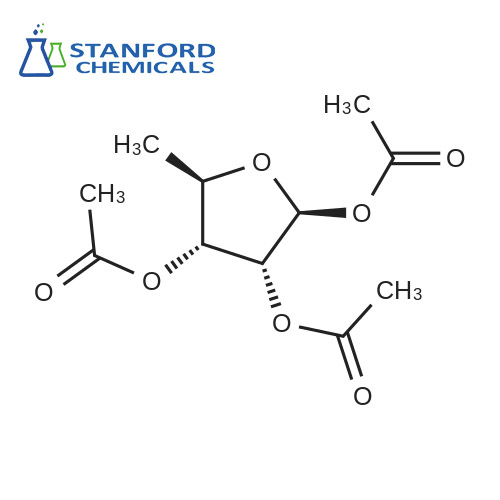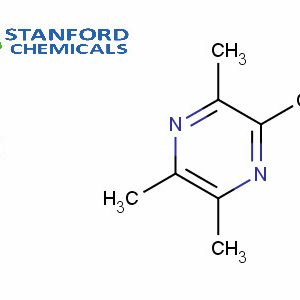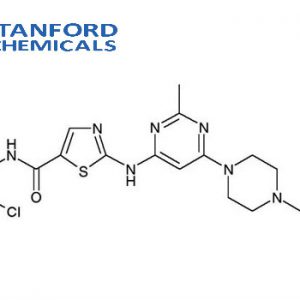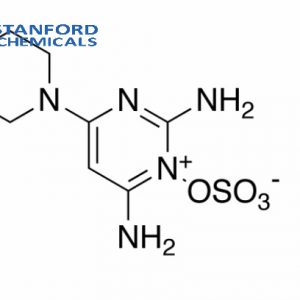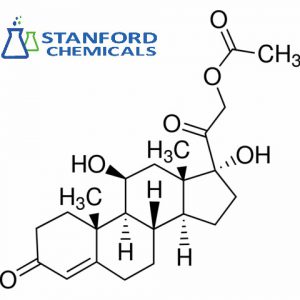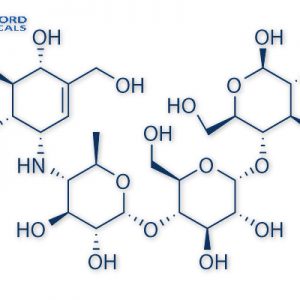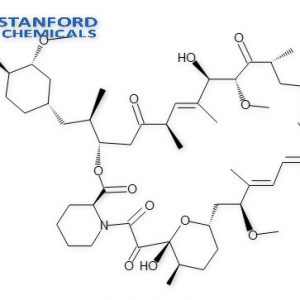- Home
- Pharmaceuticals
- 040-000-535 1,2,3-tri-O-acetyl-5-deoxy ribofuranose
040-000-535 1,2,3-tri-O-acetyl-5-deoxy ribofuranose
| Type | Active Pharmaceutical ingredient |
| CAS No. | 62211-93-2 |
| Chemical Formula | C11H16O7 |
| Appearance | yellow powder |
| Packaging | 1g, 5g, 10g, 25g, 100g, 500g |
| Assay | ≥98% |
| Related Products | 2,3′-Di-O-acetyl-5′-deoxy-5-fuluro-D-cytidine;
4-methoxy-5-(3-morpholinopropoxy)-2-nitrobenzonitrile; 6-Acetoxy-4-chloro-7-methoxyquinazoline |
- Description
Description
Description
1,2,3-tri-O-acetyl-5-deoxy ribofuranose Introduction
1,2,3-tri-O-acetyl-5-deoxy ribofuranose is used to synthesize anticancer drugs such as capecitabine and fluoride. It is an important intermediate in the synthesis of capecitabine.
1,2,3-tri-O-acetyl-5-deoxy ribofuranose Specification
| Melting Point | 63-64℃ |
| Boiling Point | 315℃ |
| Density | 1.23 g/cm3 |
| Appearance | yellow powder |
| Packaging | 1g, 5g, 10g, 25g, 100g, 500g |
Chemical Properties:
- Stability: Acetyl groups enhance stability by preventing unwanted oxidation or side reaction with free hydroxyl groups.
- Solubility: Slightly soluble in organic solvents (e.g., dichloromethane, ethyl acetate) but insoluble in water.
- Reactivity: The anomeric (1-position) acetyl group is relatively more reactive, which is favorable for glycosylation or modification.
1,2,3-tri-O-acetyl-5-deoxy ribofuranose Applications
- Synthetic Intermediate: Used in the synthesis of nucleosides, nucleotides, and carbohydrate-derived medicines (e.g., modified antiviral drugs).
- Group Protecting Strategy: Acetyl groups are utilized as transient protecting groups in carbohydrate chemistry and can be removed later in a selective manner.

